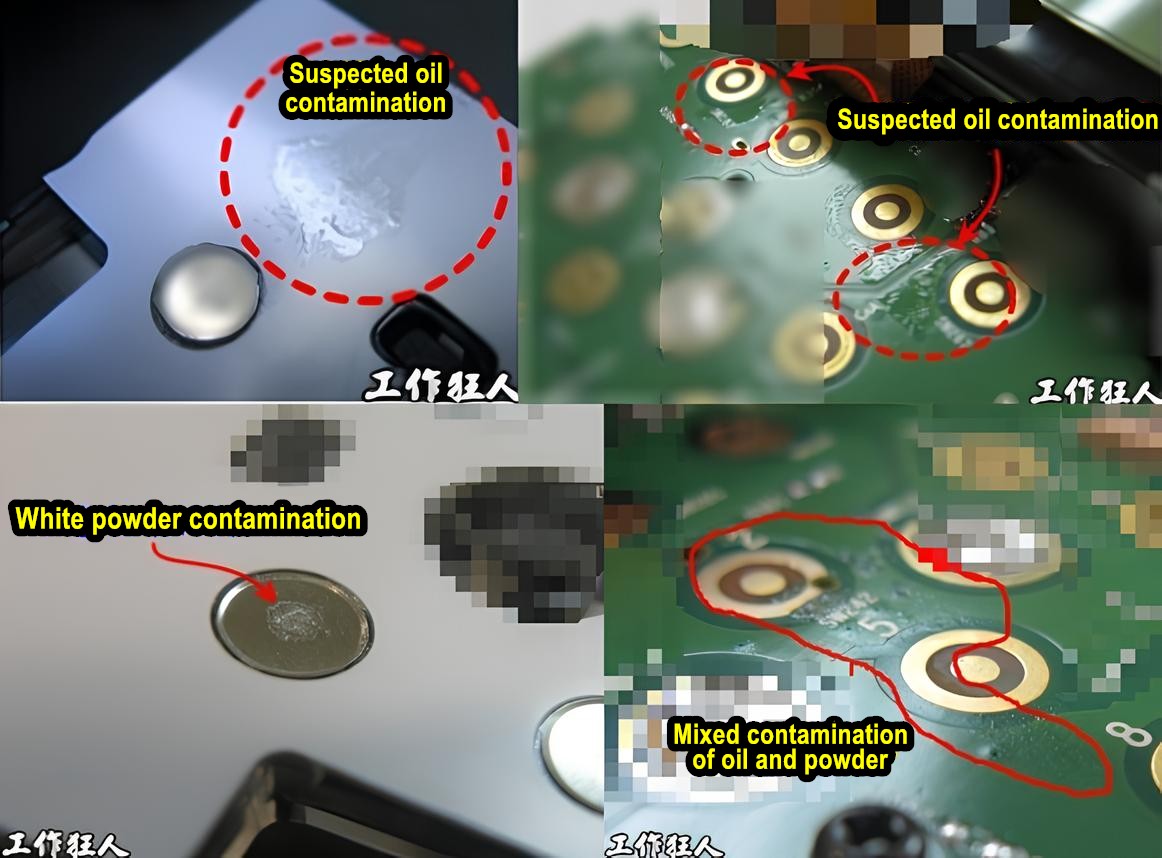
Cpk is commonly used as an overall indicator of a factory’s manufacturing process capability. However, it can also be applied across different industries to measure the ability to meet a target. A popular analogy is how well you can hit the bullseye when shooting arrows at a target.
Of course, the higher the Cpk value, the better. But Cpk is actually made up of two components: Cp and Ck.



